Reviewing and identifying a thousand fossils for Exeter’s Royal Albert Memorial Museum.
Between 2011 and 2013 Exeter’s Royal Albert Memorial Museum carried out an extensive review of its collections of over one million objects. This set out to assess and grade the collections for historical or scientific significance and their potential for research, audience diversification, learning and income generation. This required the input of external specialists to review selected material. For the geology collection, about a thousand specimens were selected for assessment and to have their records augmented. The work was put out to tender and when Nigel Larkin and Dean Lomax put in a bid to work on the material as a team they were successful.
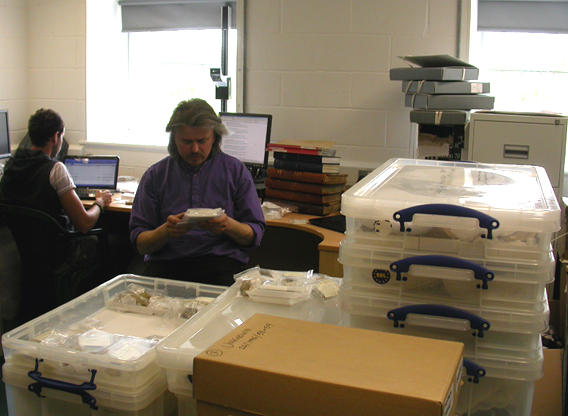
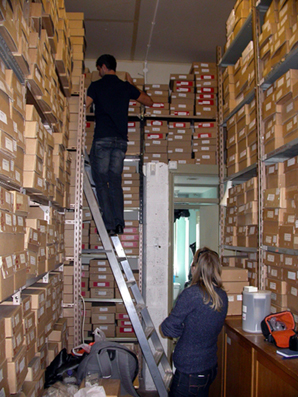
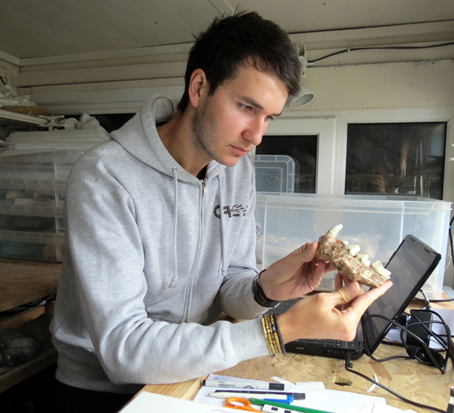
The brief asked for all the fossils in question to be allocated to the relevant geological period and for the relative scientific and historical
importance of each specimen to be determined. This was duly undertaken for all material and the information entered on to an excel spreadsheet.
In addition to this, specimens were checked against the
original handwritten registers first to capture all possible data, then each specimen was graded in terms of the strength of its provenance,
its rarity and its condition. Some specimens were highlighted for consideration for dispersal/disposal, other specimens were highlighted for their research potential.
Significantly, all the specimens were identified by Nigel and Dean to genus and species level wherever possible
(and old identifications were carefully checked). Out-of date names were updated (but old names were kept as notes in the ‘previous identifications’ field).
Provenance fields were checked with atlases and any previous assumptions or mistakes were corrected. Mis-transcriptions of handwritten labels were also corrected.
The following fields were filled-in as fully as possible (and mostly beyond what was required within the brief): Common name, Full name, Phylum, Class, Genus,
Species, Collection information, Geological period/epoch and stage. Also, conservation issues were noted as fully as possible.
Each row on the excel spreadsheet represented one single specimen and each of these rows had 57 columns for specific pieces of information about the specimen,
meaning a total of about 57,000 cells(!) that either needed to be filled with information or the existing information needed to be checked.
In addition, a 36-page long written report was submitted with the completed spreadsheet and about a thousand images,
as good digital photographs were taken of all the specimens.
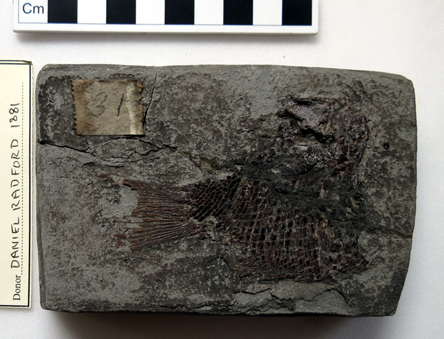
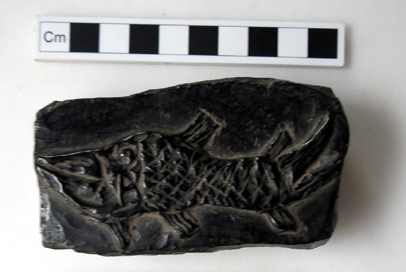
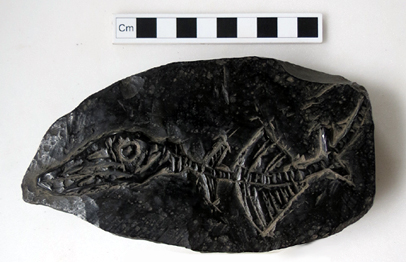
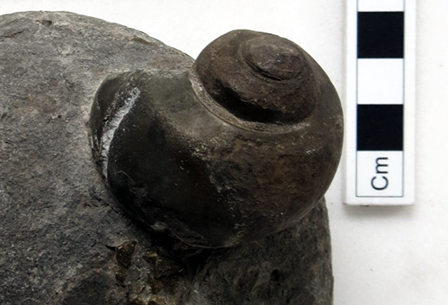
Commentary was required on every specimen, covering their representativeness of their type
and noting any best examples of type locally, regionally or internationally. Also, their importance or lack of importance to the study or development
of natural history and palaeontology, internationally and in the SW of England.
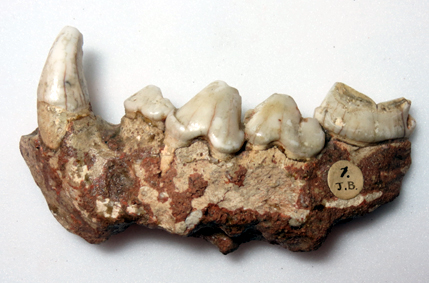
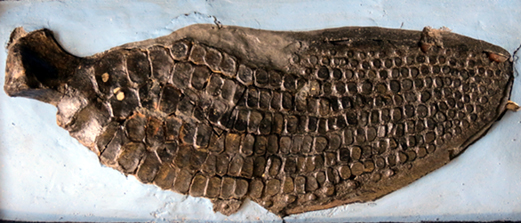
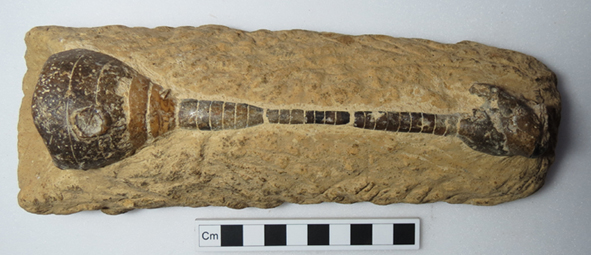
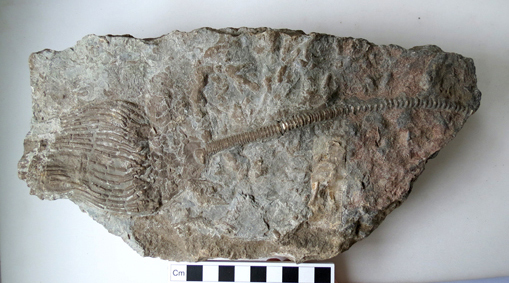
Many interesting items turned up, from rhino-like perissodactyl bones from Miocene deposits in Tibet and a very well preserved Silurian crinoid (a monobathrid camerate Periechocrinus costatus) to various unique marine reptile specimens and some interesting early fossil forgeries (can you spot them above?...).
There was also time at the end of the project to work our way through the rest of the palaeontology collection to assess the significance of various sub-collections and to provide advice relating to their conservation needs, and the potential of some for dispersal to more suitable institutions and at the other end of the range the potential for further scientific research.

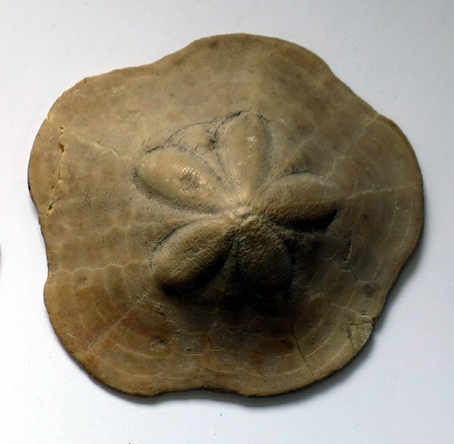
For more details about what we can do for you, or for a quote, please
contact:
enquiries@natural-history-conservation.com
We
are members of the United Kingdom Institute for Conservation of Historic and
Artistic Works